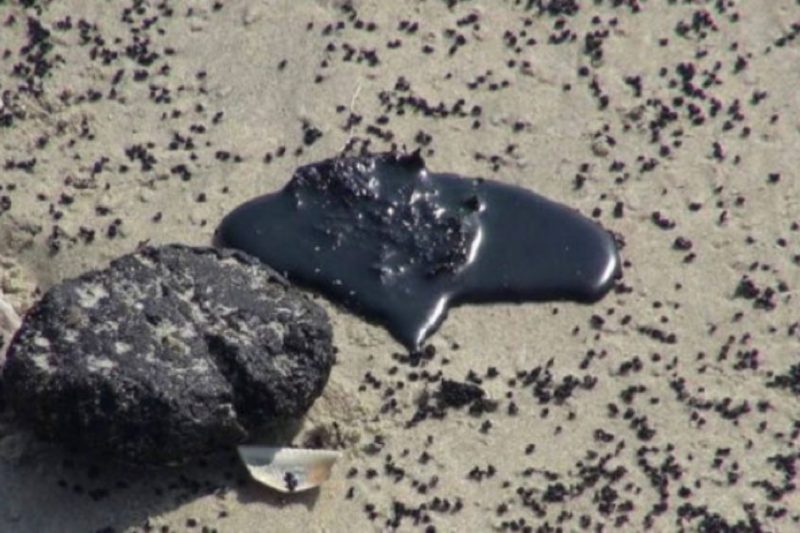Chula Art Town revives and inspires Bangkok neighborhoods
Being part of the old city section of Bangkok, the Samyan and Suan Luang neighborhoods have earned their reputation for exotic foods.
Recently, however, the area has been frequented by new visitors whose mission goes beyond food — they are there for the “wall crawl”. In less than a year, the once worn-out walls of shophouses in the congested neighborhood have been transformed into giant canvases featuring mural paintings and graffiti art that have dazzled passers-by.
“As a taxi motorcyclist, I used to shuttle in and out of these neighborhoods with their familiar sight of moth-eaten walls of tattered shophouses,” recalls Kamolchai Heedkao. “But looking at these walls now, they have been brightened up in vivid colors, with amazing storytelling paintings. “Some of them even reflect pictures of taxi-motorcycists, like me, shuttling around. That is quite thrilling.”
Indeed, the sense of excitement has invigorated community residents, along with admirers from other parts of Bangkok and beyond, as well as foreign tourists. It didn’t take long before selfies and photos of the graffiti walls, doused in vibrant hues, started flooding Instagram, Facebook pages and personal photo files.
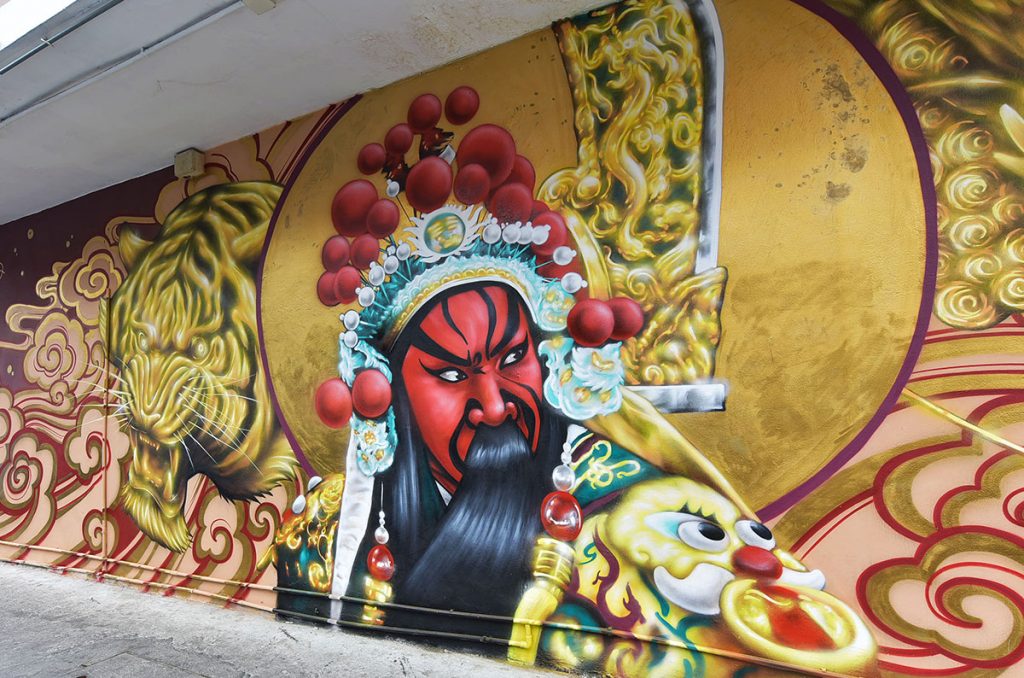
And almost instantly, Samyan and Suan Luang were on the tourist map.
Under the Chula Art Town Project, some 40 street artists have been commissioned to work on the first pilot phase in Samyan and Suan Luang, and the second phase at Siam Square and the Lido Theater.
“We would like to restore the appearance of our neighborhoods to a new glory,” says Dr. Sirithorn Srichalakom, Deputy Dean of the Faculty of Fine and Applied Arts and head of the Chula Art Town Project. “At the same time, we believe that the beauty of art will trigger people’s imagination and interest in creativity. As well, this new attraction will eventually create economic and social value for the community.”
To begin with, the artists thought about the stories or unique characteristics associated with each neighborhood. Then, they selected the themes that matched their individual skills and got down to work.
“In the first phase at Samyan and Suan Luang, the paintings mirror the bustling shophouse business and residents’ way of life,” says Dr. Sirithorn, “as well as nostalgic scenes of Chinese immigrants in the earlier years of their settlement in this part of Bangkok.”
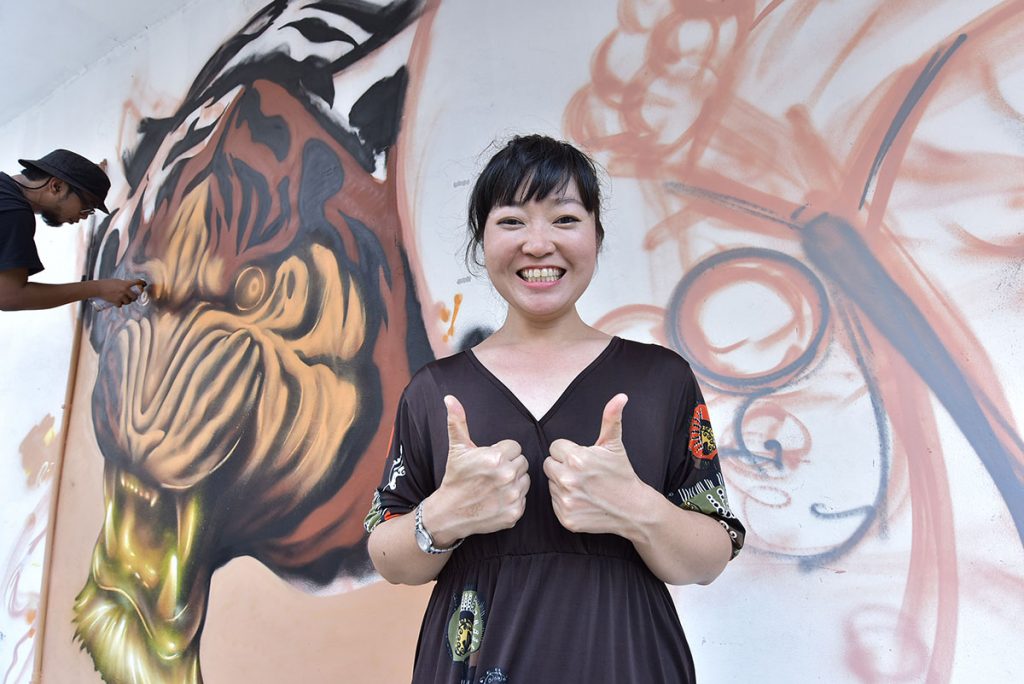
In contrast, the artistic creations in the second phase at Siam Square and the Lido, a shopping haven for high-schoolers and university students, reflect the lifestyle of the new generation.
“For enclaves and corners and dirty walls at Siam Square, we splashed them with brilliant colors in artistic form,” says Dr. Sirithorn proudly.
At spots where signs are needed to stop people from littering or smoking, for example, there is a mural or graffiti delivering the same message without the need for words.
Unlike other artistic undertakings, street art requires meticulous and detailed planning, with different teams for different tasks. For Chula Art Town, the first task was crucial as the team had to choose the right “canvas”.
The walls selected had to be available, in the right size and at locations where visitors could view the murals without obstruction — or without obstructing other people going about their daily business. Other teams had to manage traffic flow and safety while the artists were working on the walls.
“I was so happy whenever I spotted smiles on the faces of passers-by,” says Dial Horgan, a Thai-Australian artist. “Nine out of ten pedestrians would turn their heads to watch. Then, they stopped for photographs. For me, our painting has served its purpose — that is to spread happiness to everyone who sees it.”
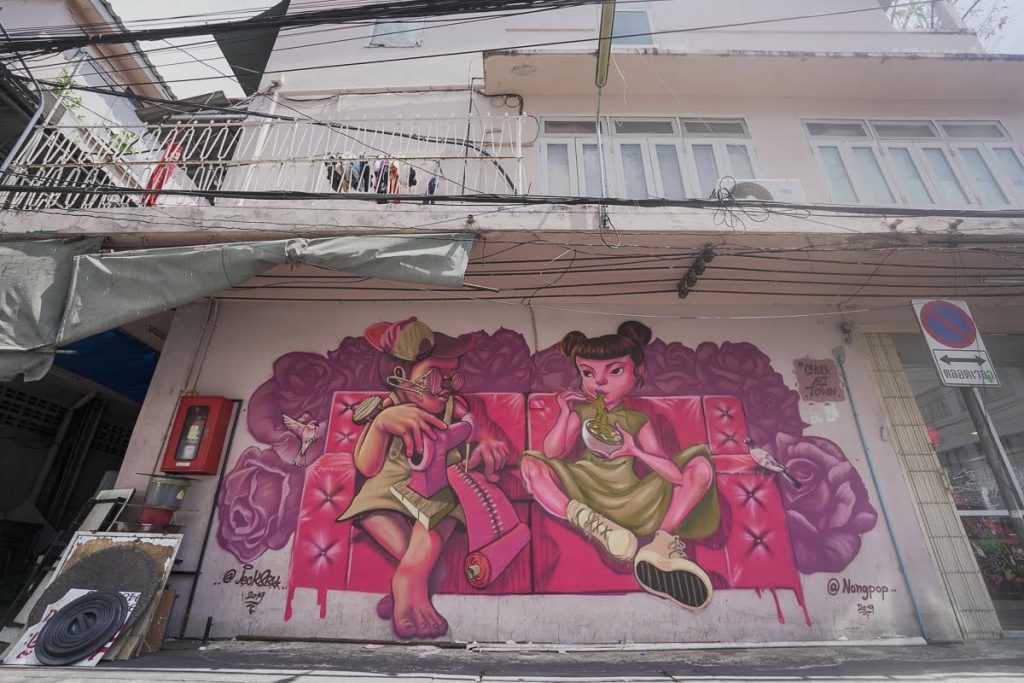
Chula Art Town is part of a broader umbrella project called “Art in the Community”. It kicked off in the Chula neighborhood as a pilot project, with the intention of moving on to other communities nationwide, if Chula Art Town proved successful.
It has been very successful indeed, at least in the eyes of Samyan residents like Wallop Chote-udom, who owns a tailor shop in Chula Soi 9. Wallop sees the street art as a blessing to his community. Its positive impact on young people has been tremendous. Viewing the murals every day, many youngsters now aspire to create more beautiful pieces for the community. And there still are a lot of empty walls left, he says.
Chula Art Town is also opening up for young artists, Chula students and the general public alike to explore their artistic potential. By dedicating walls at the Faculty of Dentistry as public canvases, the project has assigned aspiring artists to work under the theme of dentistry for public health, which was inspired by the late HRH Srinagarindra The Princess Mother.
“I wish Chula would expand this art project further to cover other empty walls or deserted plots of land,” says Kamolchai, the taxi motorcyclist. “You would be surprised by how many more decayed building walls and abandoned plots of land in this area are left to decay. They have been eyesores for all of us.”
Of course, he knows the difference. For perhaps, Kamolchai is one of those who has been transformed by the beauty of street art.
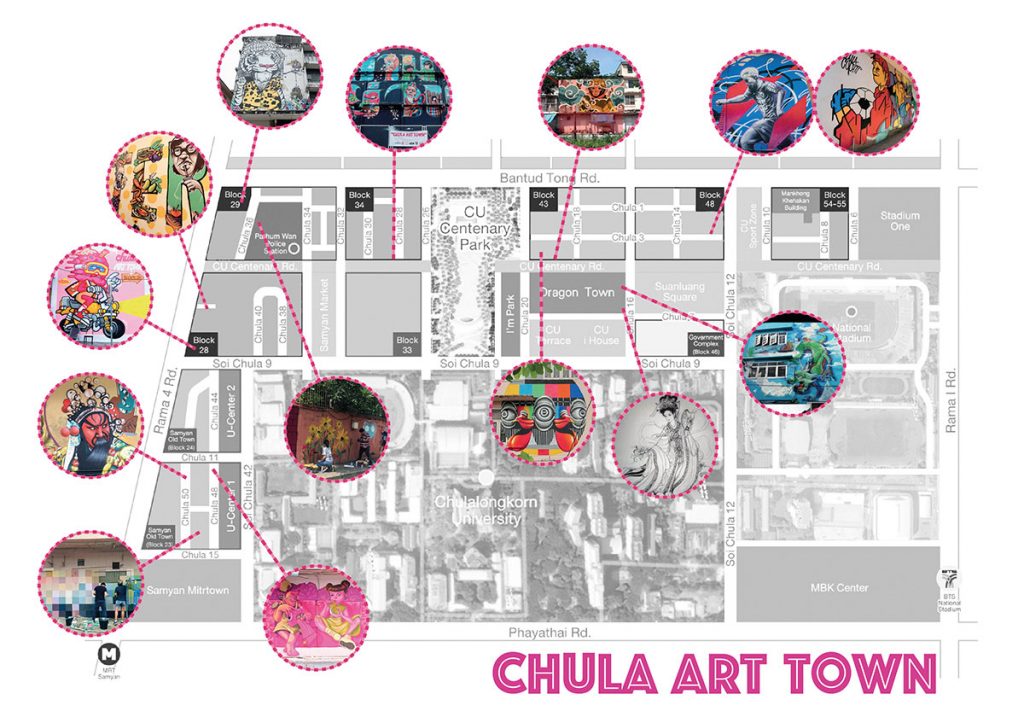
Come and visit Chula Art Town at Samyan, Suan Luang and Siam Square for photo opportunities.
This article was originally published in CU Around July 2019, Vol.62, Issue 7, Page 12-13, available at https://www.chula.ac.th/magazine/20855/
Previous:
Others




